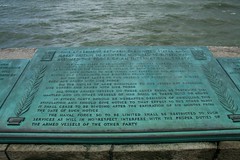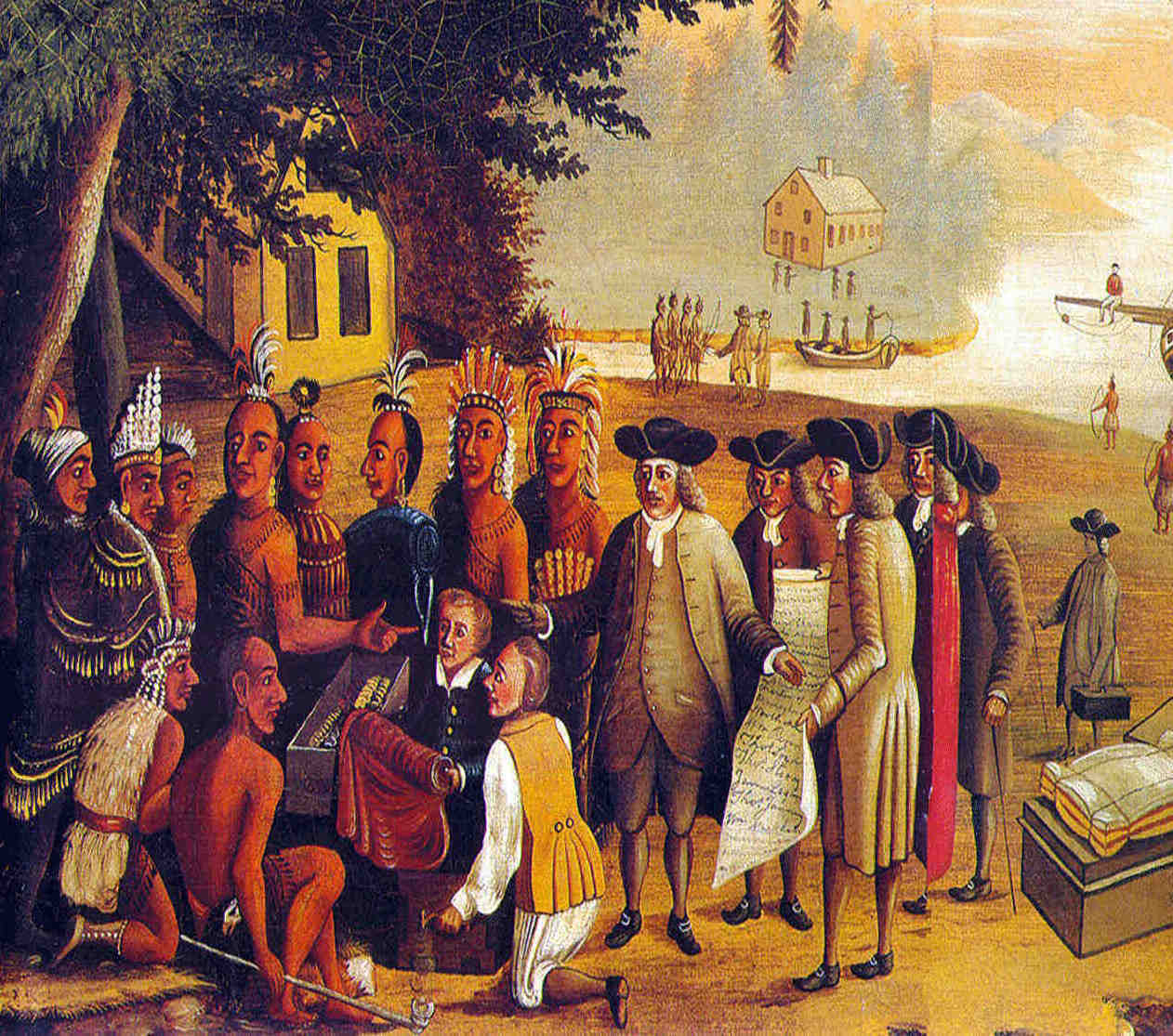 
| 42 Monuments for Peace Treaties |
Click here for Wikipedia article on treaties in general. | Click here for peace conferences.
Right click image to enlarge.
1600

| A L L |

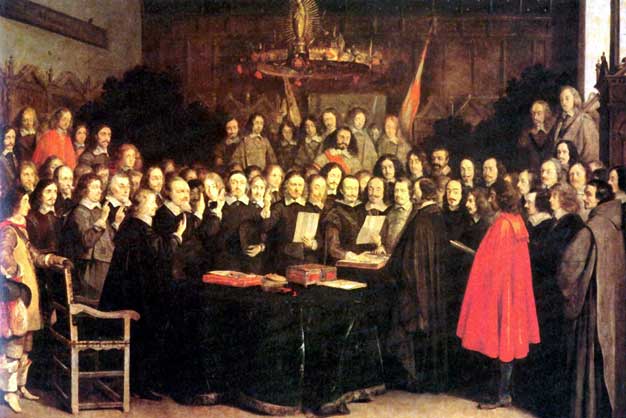
| A LL |


|
1700

|
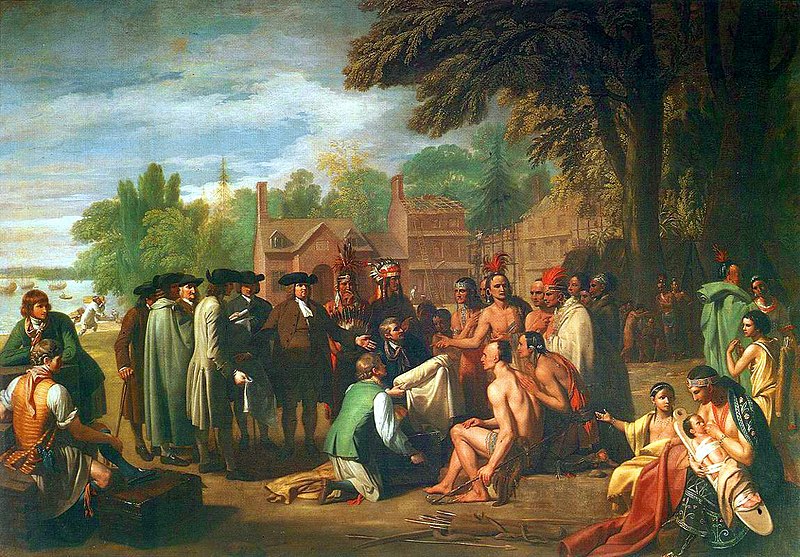
 |
Penn's "Peaceable Kingdom" came to an end with the Conestoga Massacre by the "Paxton Boys" on December 14 & 27, 1763. |

| A I N T |
1800
 | Thus Oxford played a unique role in the Peace of 1814, and its two modest 1814 peace monuments -- see below -- have quietly marked this momentous event for over 200 years. This puts the two Oxford monuments among the earliest examples of "peace monuments" anywhere & makes them contemporaries of the Stoodley Pike Monument in West Yorkshire (qv). |
 |

 |
 |

| A I N T I N G |

| P A I N T I N G |

|

| Q U AR E |
1850

|
 | A L L |

| A L L |

|
1900
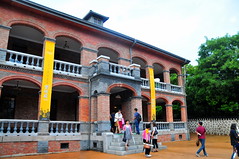

| I B R A R Y |
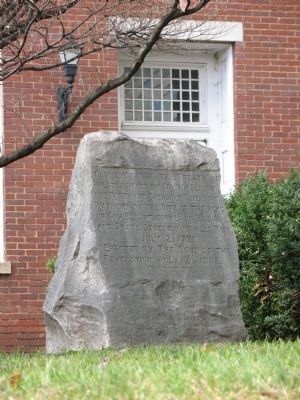
| A RK E R |
| C U L P T U R E |
|


|
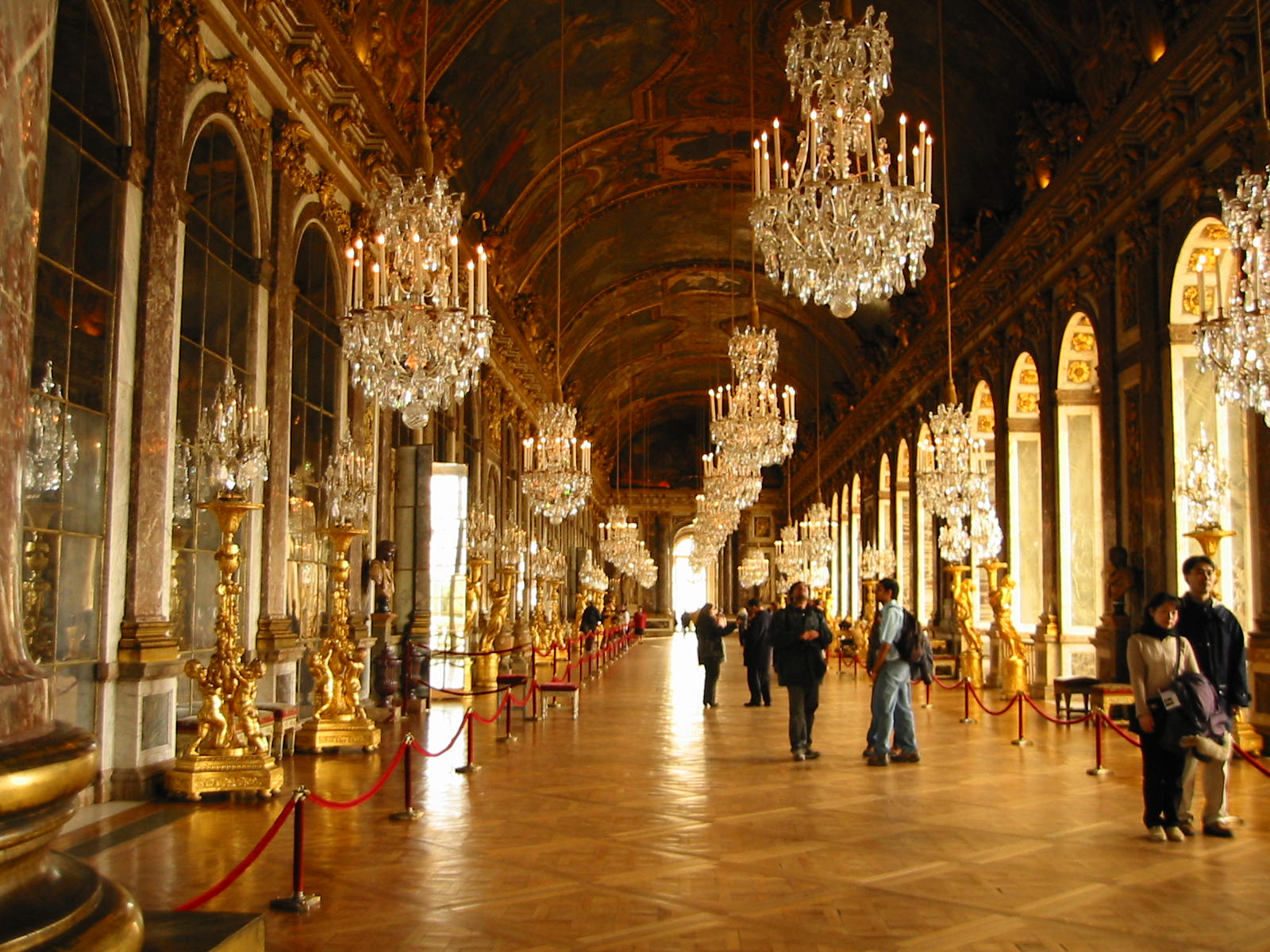
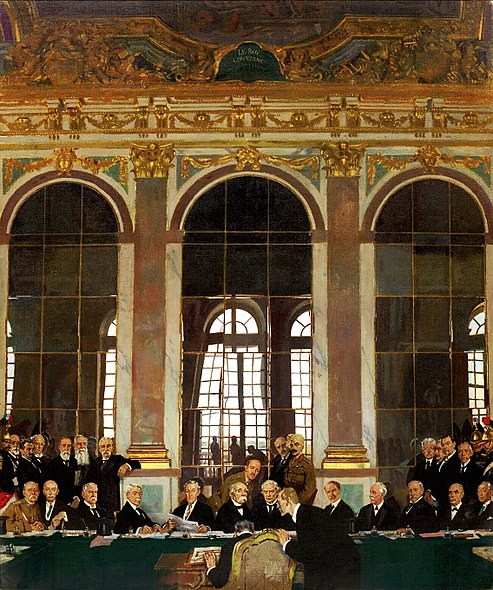
| A L L | A I N T I N G |
|
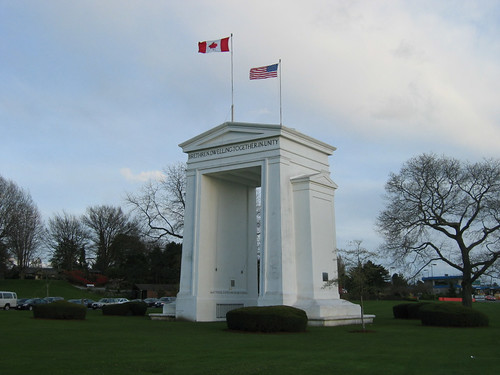
| R C H | 
| R C H | Date? - Peace Arch, Peace Arch Park, US/Canadian border. What is this? Added to the park after 2000? |


| A I R N |



| A R K |

| A R K E R |


| |
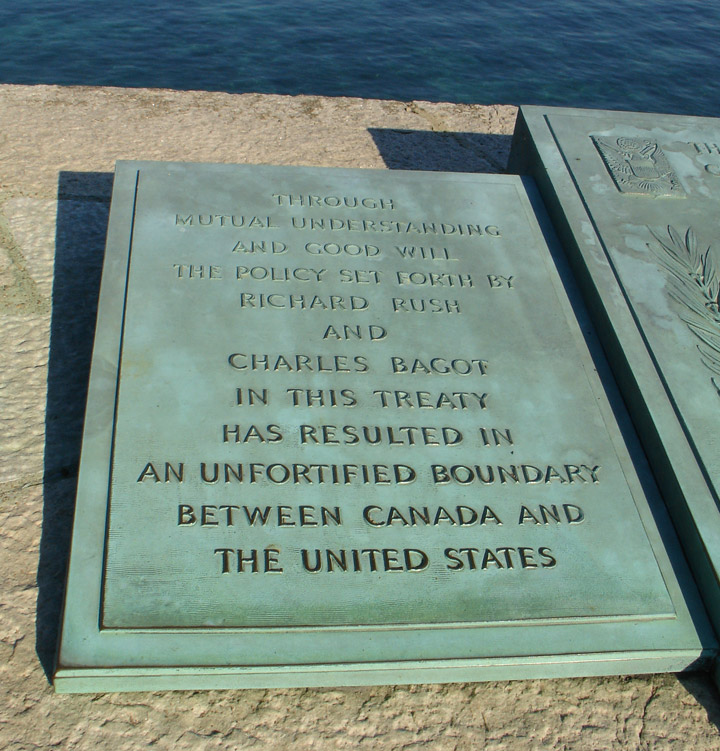
|  |  |
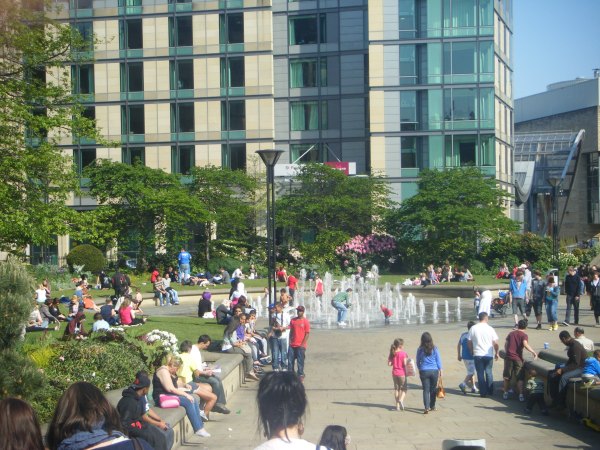
 |
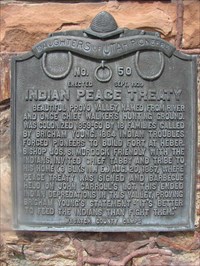
| A R K E R |

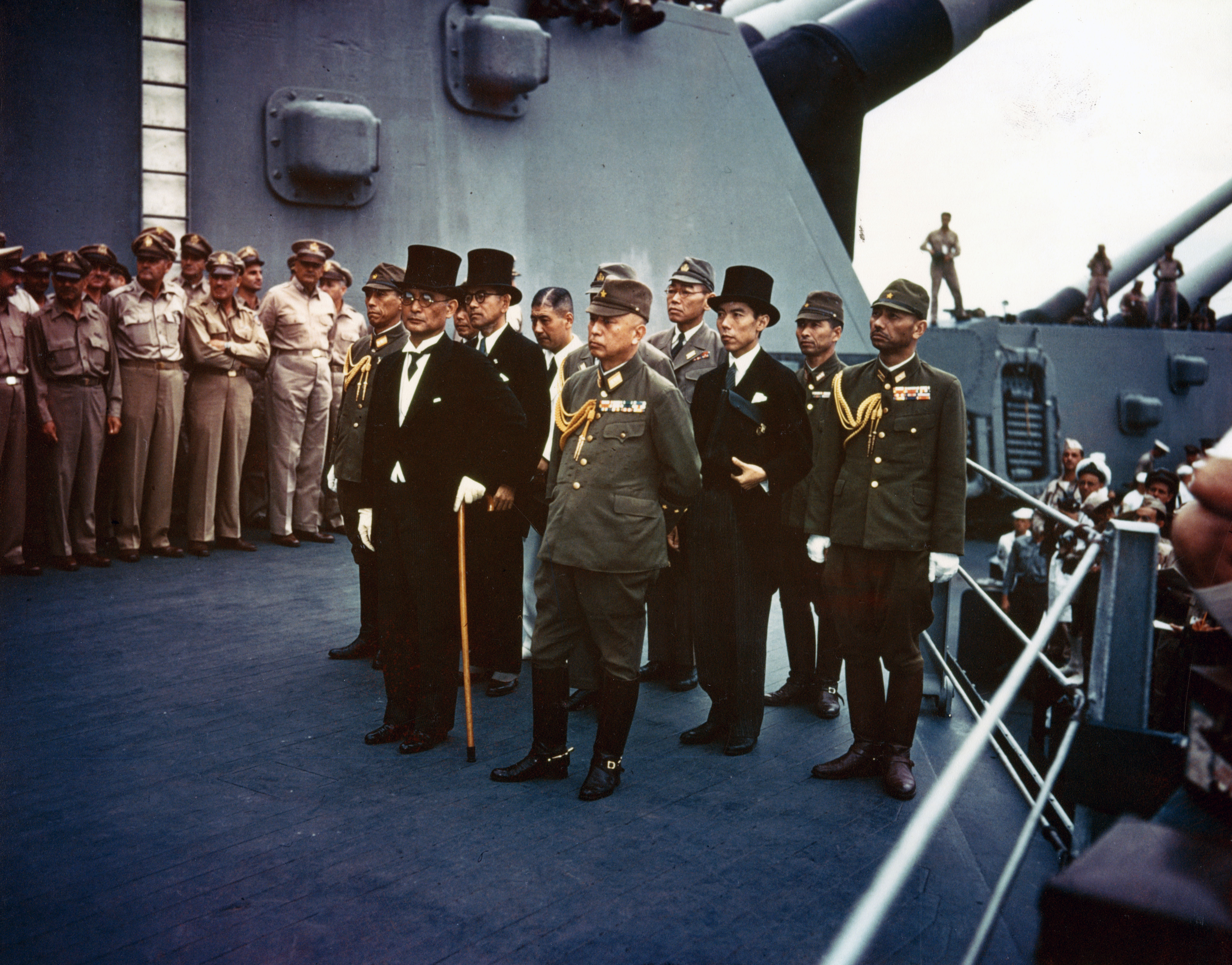
| H IP |
1950
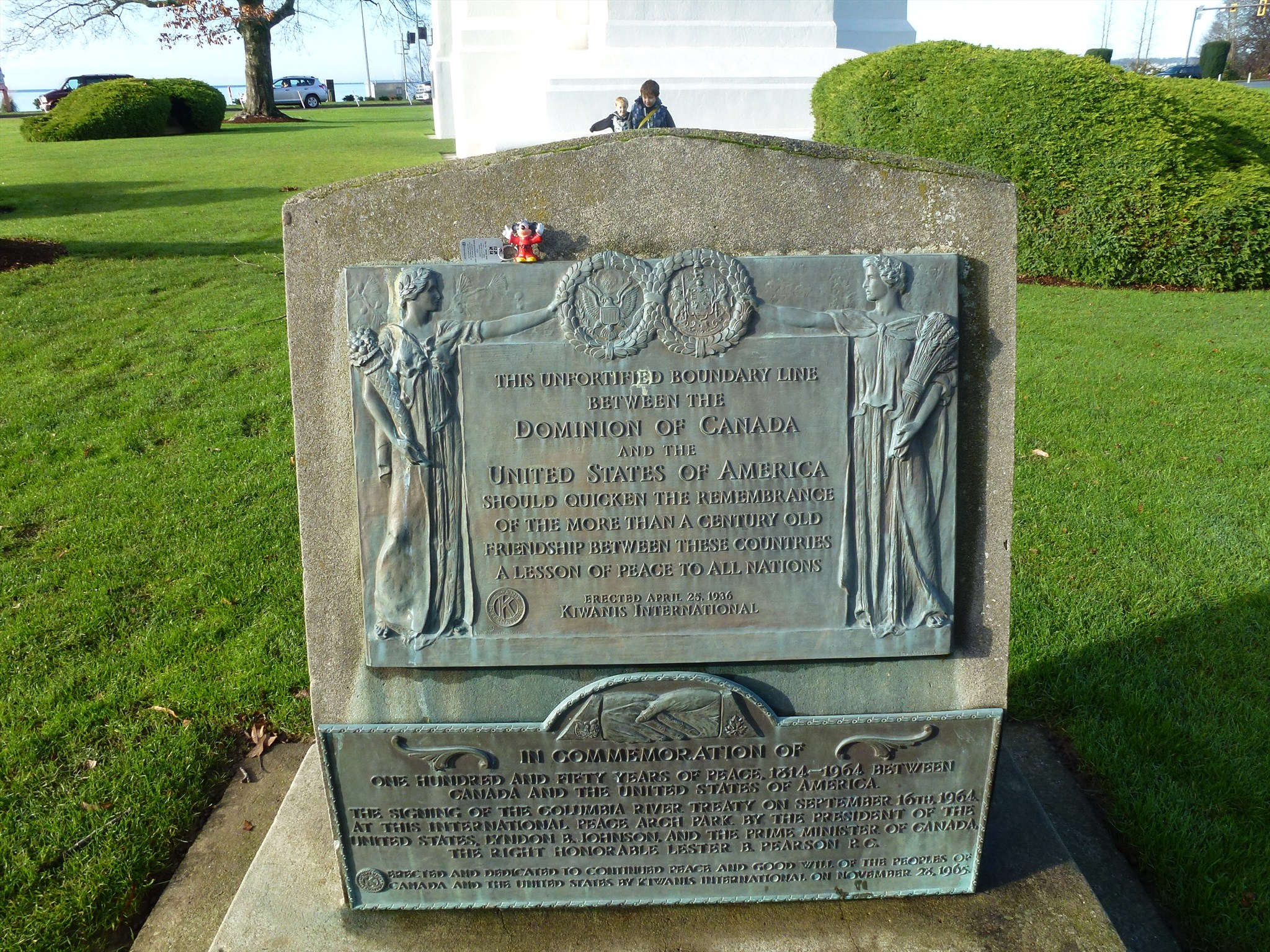
 |

|
 |

| T AT U E |
2000
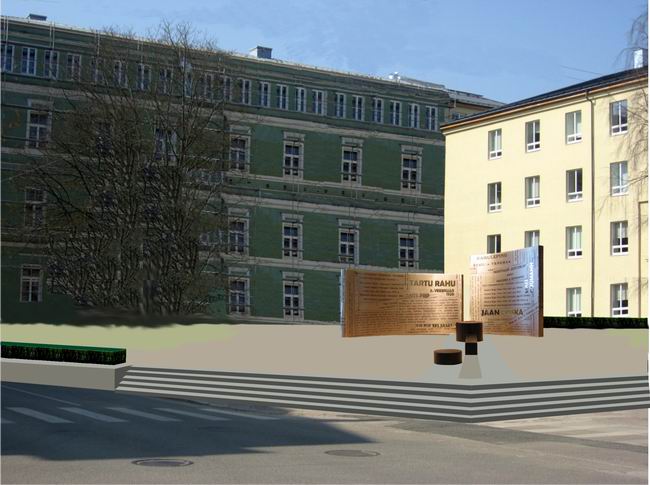
|


|

